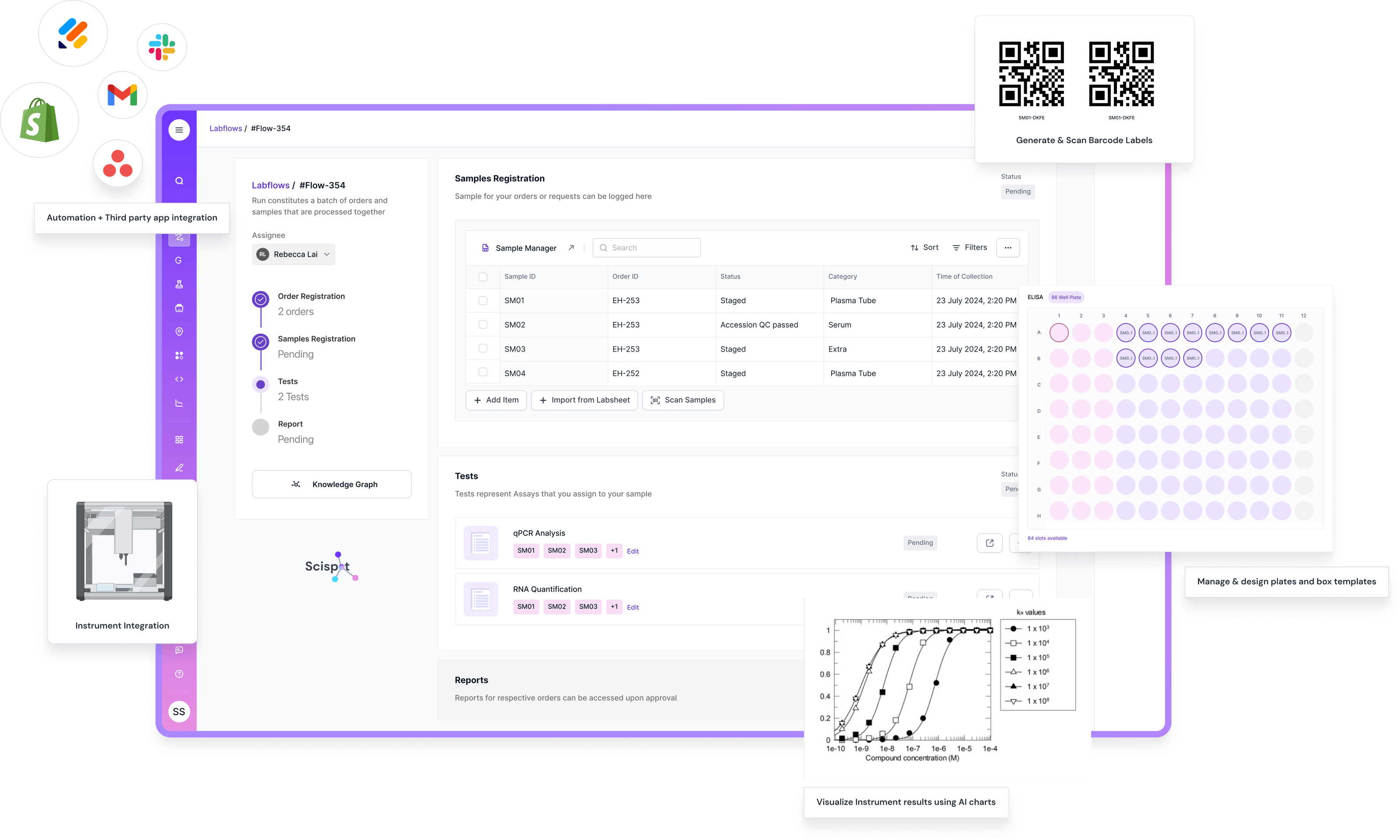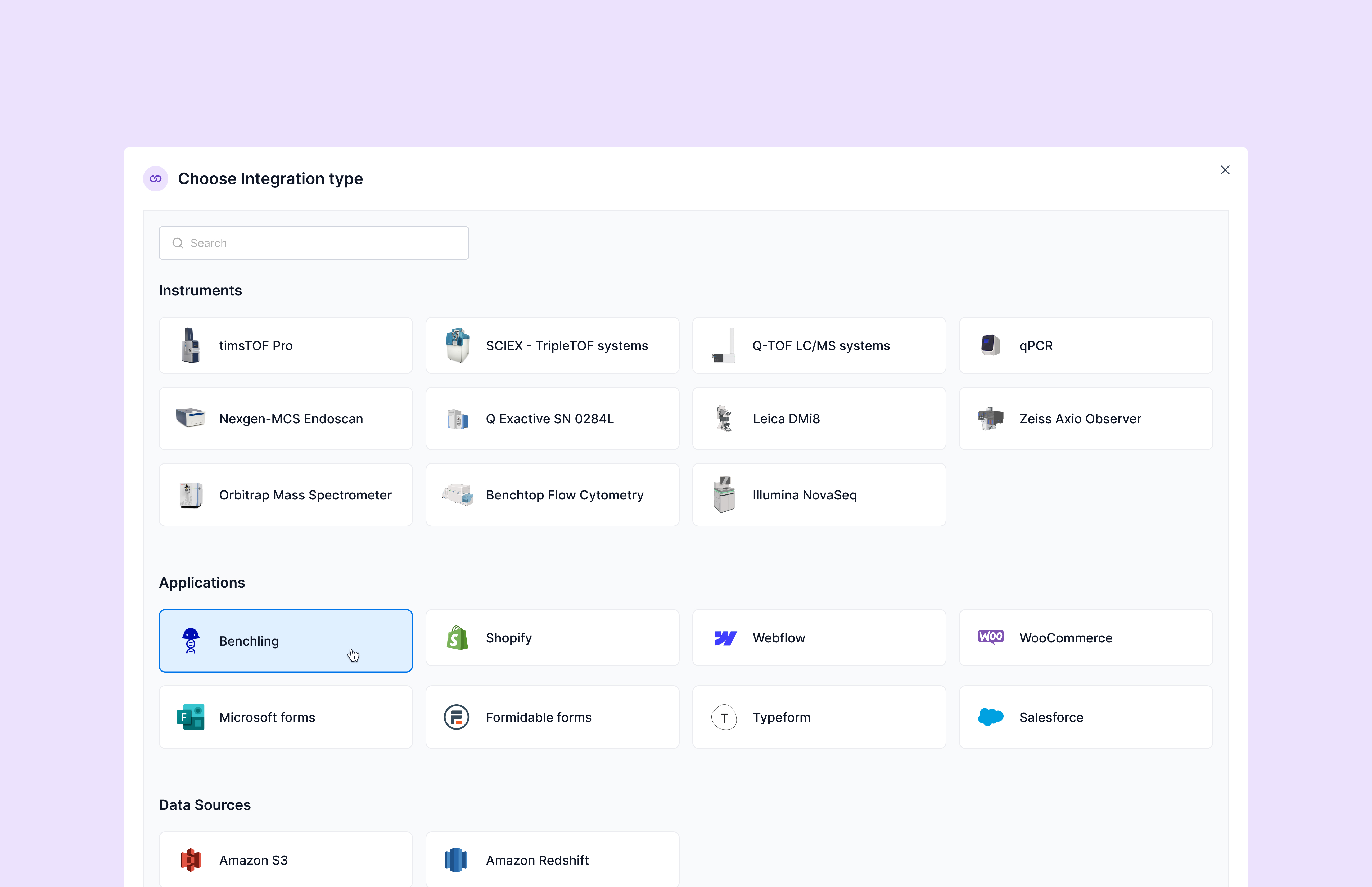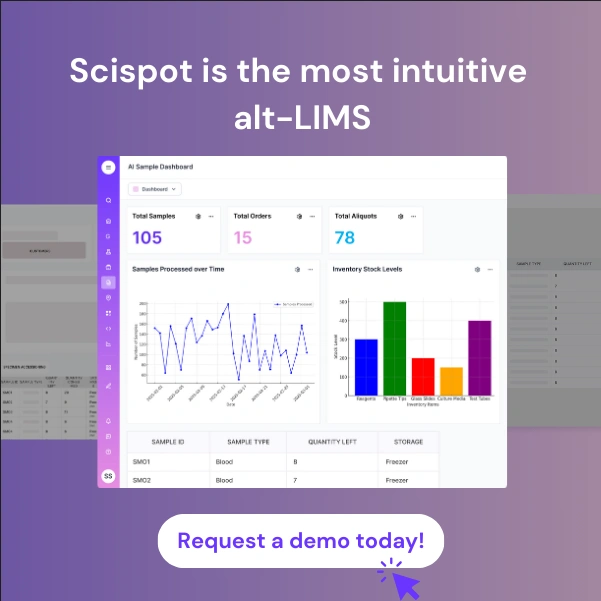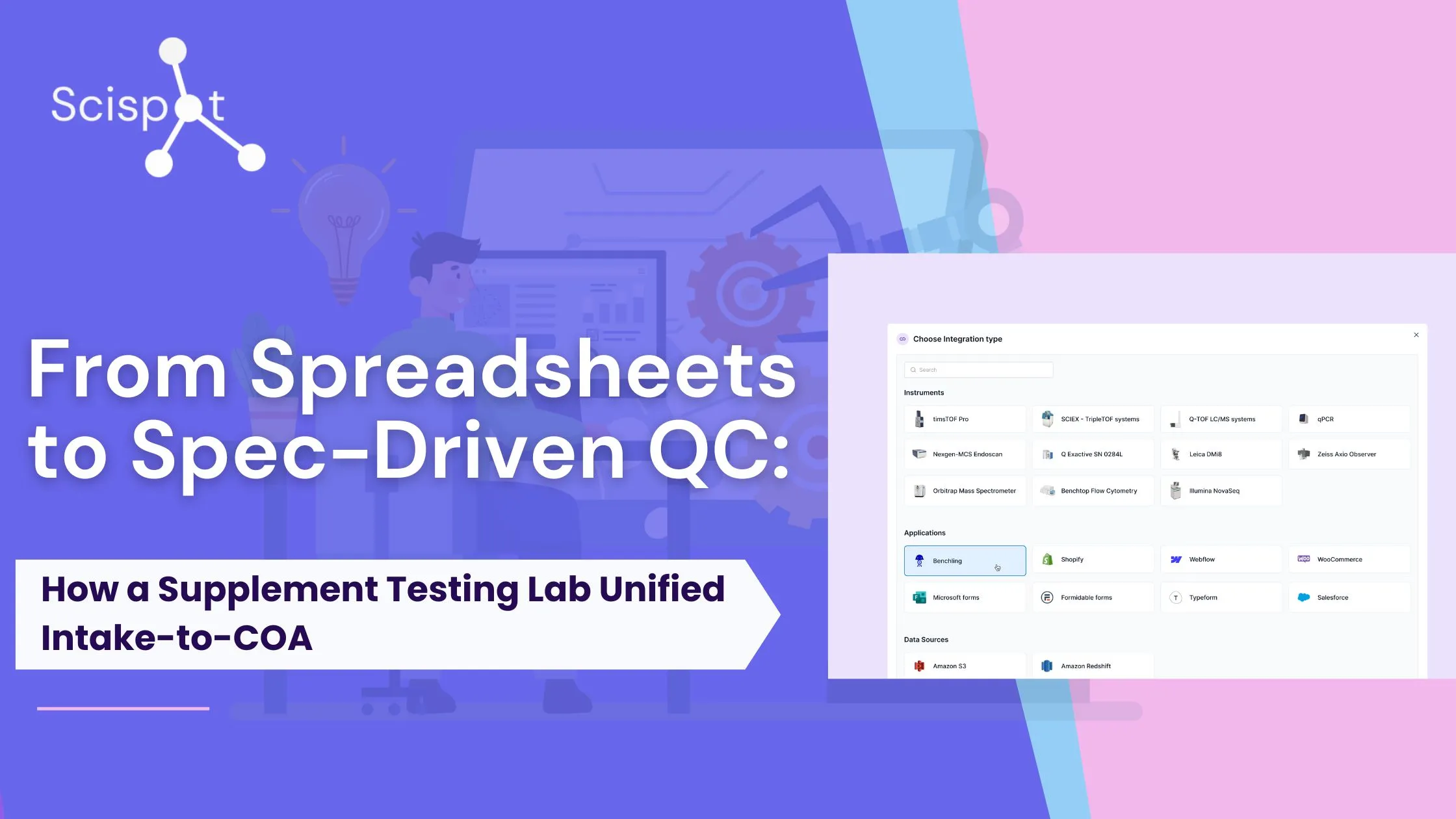When a contract testing lab grows, spreadsheets multiply. One file tracks raw‑material intake, another lists the product catalog, a third holds the specification for each product code, and yet more track results for different analytical techniques. People spend time asking, “Which samples still need testing?” and “Which version of the specification is correct?” Final reports—Certificates of Analysis (COAs)—often require copying and pasting values into a template, with multiple checks to catch transcription errors. This lab wanted to stop fighting files and start running a clean, predictable process. Teams looking for supplement testing laboratory software and LIMS for supplement testing laboratory often face these exact bottlenecks, which is why a move to a single source of truth lab data management approach matters.

They defined a clear goal: make the specification the engine of the workflow. As soon as a raw material is received and the ProductCode (the lab’s catalog identifier) is selected, the system should resolve the correct SpecID (the specification identifier, including version) and automatically create the required test plan for that sample. Analysts should enter results once, directly into structured tables. The system should evaluate those results against limits and instantly flag anything that fails quality checks. Everyone—analysts, reviewers, and coordinators—should be able to open one workspace and see what is waiting, what is in progress, and what is ready for approval. Instrument integrations could come later; phase one would accept manual data entry and simple CSV (comma‑separated values) uploads. In other words, they needed specification driven test assignment software and practical lab workflow automation software that would work day one.

Scispot implemented this by replacing a pile of files with a small set of durable building blocks. First, the team gave the data a backbone. Every intake row now carries a standardized SampleID (sample identifier), every product has a ProductCode, and every specification is versioned with a SpecID (specification identifier). A single Raw‑Material Intake labsheet—a structured, validated table in Scispot—became the authoritative entry point for new work. Required fields such as supplier, lot, quantity received, and received date are checked at entry, which reduces back‑and‑forth later. The lab can print a label if needed, but the important part is that every sample enters the system consistently—exactly what you expect from sample tracking software for supplement testing lab and sample tracking software for QC labs.
Next, Scispot introduced a Materials Manager, which is a master view across all samples in the system. Instead of jumping between trackers, users can filter this view by status or by team. The lab adopted a shared status language: Not Started, In Progress, Waiting External, Review, Approved, and Closed. That alone eliminated much of the guesswork. An analyst in the liquid chromatography group can focus on samples needing UPLC (Ultra Performance Liquid Chromatography) work. Someone in identity testing can focus on HPTLC (High‑Performance Thin‑Layer Chromatography) identity confirmation. A coordinator who sends items to external labs can see everything that is out for heavy metals or microbiology and when it is expected back—precisely the unified view modern LIMS software for QC labs should deliver.

The turning point was making the specification drive test assignment. In spreadsheets, routing rules often live in people’s heads or in fragile formulas. In Scispot, a simple mapping table connects each ProductCode to a versioned SpecID, and each SpecID lists the required tests for that material. When a user saves an intake row with a valid ProductCode, Scispot resolves the SpecID and automatically creates a TestPanel for that sample: for example, an assay by UPLC for potency, an identity check by HPTLC, LOD (loss on drying) for moisture, and external panels for heavy metals or microbiology if the specification requires them. Owners and due dates can be set by simple rules. Guardrails prevent accidental overrides, and versioning means specifications can evolve without changing historical records. This is exactly the promise of supplement testing lab software LIMS and LIMS software for dietary supplement QC when configured correctly.
Results entry shifted from scattered trackers to a few standard labsheets—one per analytical area. UPLC has a consistent set of columns for analytes, units, and calculated percent label claim. HPTLC has an identity threshold and a clear decision field. LOD (loss on drying), heavy metals, and microbiology each use their own straightforward tables. Analysts can type values in or paste CSV (comma‑separated values) without fighting column mismatches. As soon as a value is saved, Scispot applies QC (quality control) rules: numeric limits, identity thresholds, or simple calculations like percent label claim or relative standard deviation. Each result is visibly labeled PASS, FAIL, or REVIEW, and the reason is recorded so reviewers understand what happened without hunting for context. This is the kind of execution that buyers expect from LIMS software for QC labs.

With results structured and approved, reporting became simple. The COA (Certificate of Analysis) workspace merges approved results with the correct specification into the lab’s client‑facing template. The final document is saved as PDF (Portable Document Format), versioned, signed electronically, and preserved with an audit trail. Because the COA is generated from approved data, there is no retyping and far fewer opportunities for error. External results are handled the same way: the system tracks what was sent out, the expected return date, and the file that came back, so the final COA reflects the complete picture. Labs searching for certificate of analysis generation software or specifically certificate of analysis generation software for supplement labs will recognize this as the fastest path from approved data to a compliant report.
Under the hood, this solution is easy to explain and maintain. There is a Product record for each catalog item; a Spec record that binds that product to analytes, methods, units, and limits; a MaterialIntake record that captures what arrived and when; a TestPanel record that expresses the required tests for a given sample; a TestMethod record that stores the SOP (Standard Operating Procedure) link and any calculation settings; a Result record that holds a measured value and its QC flag; and a COA record that ties everything together for the final report. Two clear naming patterns—SampleID (sample identifier) and SpecID (specification identifier)—keep everything organized. This structure underpins single source of truth lab data management, eliminating version drift across teams.
Daily work got easier. A technician receives a raw material, selects a ProductCode, and immediately sees the correct tests appear. An analyst pastes UPLC results into the appropriate labsheet and watches the system flag any out‑of‑limit values. A reviewer filters to items in Review, drills into anything labeled FAIL or REVIEW, and either requests rework or approves. The external coordinator opens a single view to see what is waiting from outside labs and attaches the returned reports as they come in. When all required tests are approved, the COA is one click away, with no copying and pasting. For supplement QC teams evaluating LIMS software for dietary supplement QC or LIMS for supplement testing laboratory, these are the practical wins that drive adoption.

The measurable outcomes matched the intent. Automatic panel assignment covered the vast majority of samples once specifications were loaded properly. New intakes always used the same fields and identifiers, which reduced downstream confusion. Turnaround improved because there was no longer a delay to assemble the COA; the report reflected approved data already in the system. Managers could spot bottlenecks in real time because queues, overdue items, and pass‑rate trends were visible without a manual export. Equally important, the lab’s risk decreased. Specifications were versioned rather than copied, approvals left a traceable record, and COAs were generated from a single source of truth. This is the transformation buyers expect when adopting supplement testing laboratory software grounded in lab workflow automation software.
Adoption held because the solution was designed for laboratory users, not only for system administrators. Views were role‑based, so people saw only the columns and samples relevant to their work. Short, targeted training sessions replaced long lectures. An admin guide described how to add a new product, update a limit, or create a saved view without calling a developer. The lab chose to defer integrations in this phase, and that turned out to be a benefit. By getting the data model and workflow right first—with manual entry and CSV (comma‑separated values) as needed—they created a stable foundation that can accept instrument data later without redesign. For organizations comparing supplement testing lab software LIMS options, starting with this foundation accelerates value without increasing risk.
.gif)
For other contract testing labs in the dietary supplements space, the lesson is straightforward. Treat the specification as the single source of truth that drives your process. Standardize your identifiers and intake fields so every sample looks the same to the system. Capture results in simple, repeatable tables and let the software apply QC (quality control) rules immediately. Generate the COA (Certificate of Analysis) from approved data instead of assembling it by hand. Once those pieces are in place, you will have one workspace where anyone can see what is waiting, what is in progress, and what is ready to release—and you can add instrument feeds or other automations later on your terms. If you are evaluating LIMS software for QC labs or purpose‑built supplement testing laboratory software, or simply need certificate of analysis generation software embedded in single source of truth lab data management, this model is the fastest path from intake to compliant release.





.webp)
.webp)
.webp)



